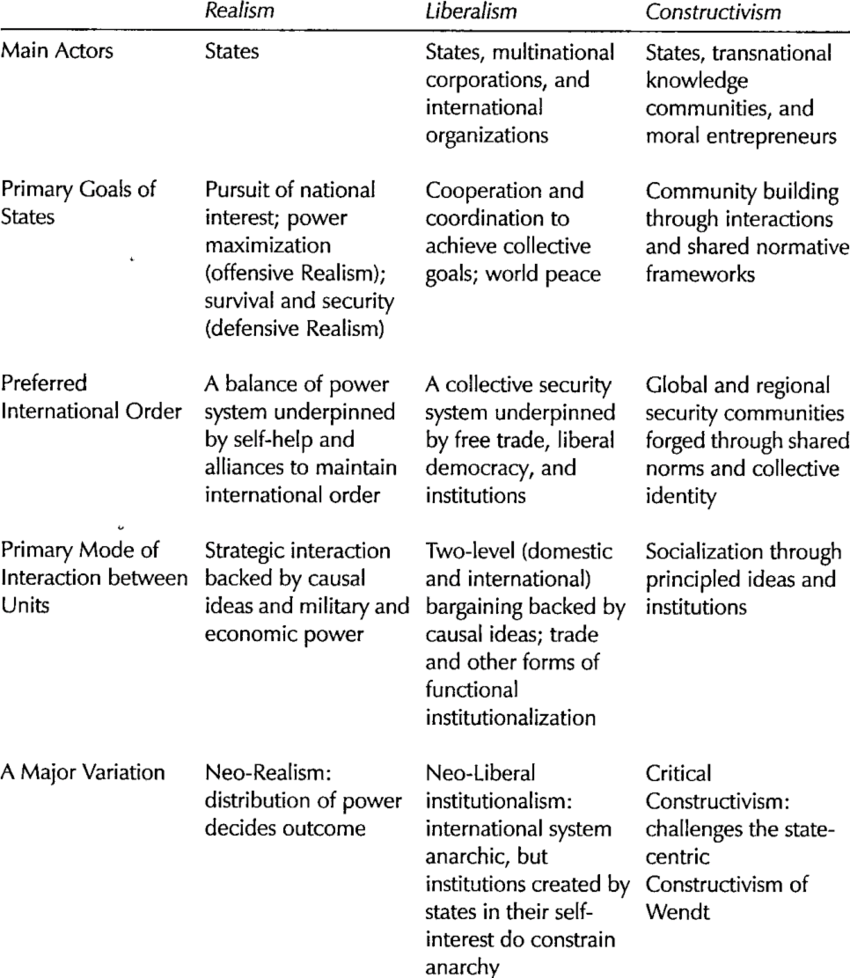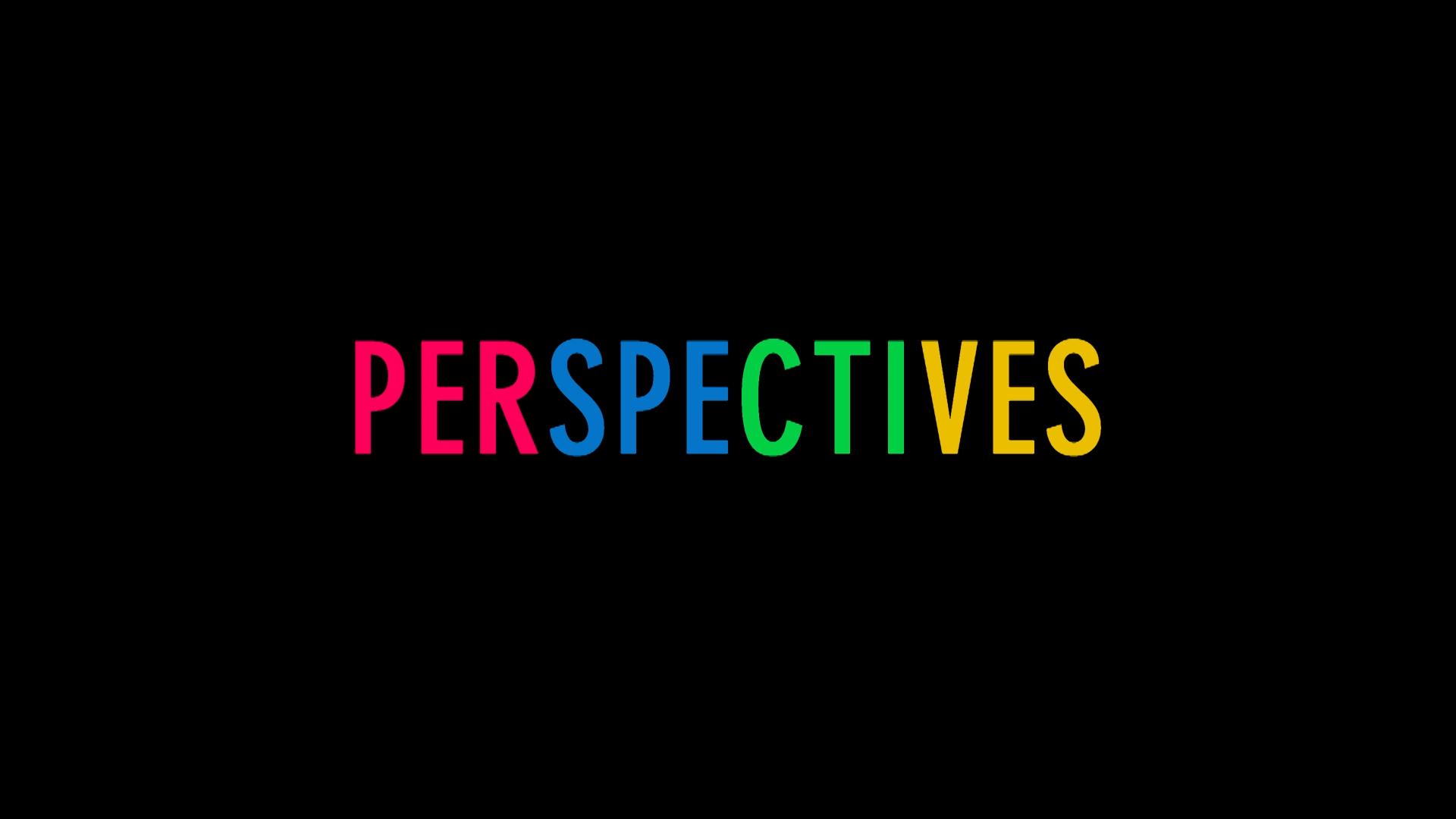Political Philosophy - Two Views
In political philosophy, a perspective is a certain way or attitude through which an individual of something. This figurative use of the term dates back to 1760, when it was used in reference to Montesquieu’s Essays. A different form of this is called a polemical view. Opposing political views in this case would be to take an opposing view of a given topic, rather than one who agrees with the topic.

There are two different types of political perspectives, although they are not symmetrical in their nature. The first is the single-point perspective, also known as the single-view point. This is perhaps the most widely used political viewpoint in the English speaking world today. A single-point perspective is also known as an objectivistic perspective, owing to the absence of any underlying assumption about how things are thought of by those who hold it.
The other form of political perspectives is the double-point perspective, also known as a binocular perspective. To be more specific, there is what is commonly referred to as a three-point perspective, although this term is rather misleading as it is not a pyramid in shape, and does not have four points at all. Rather, the other two perspectives in this category are equilateral and horseshoe perspectives. With the equilateral perspective, one could view things from both the left and right, and from below as well as above. With the horseshoe perspective, you could look at things from either the right or the left, while looking at other people, or things within your field of vision.













